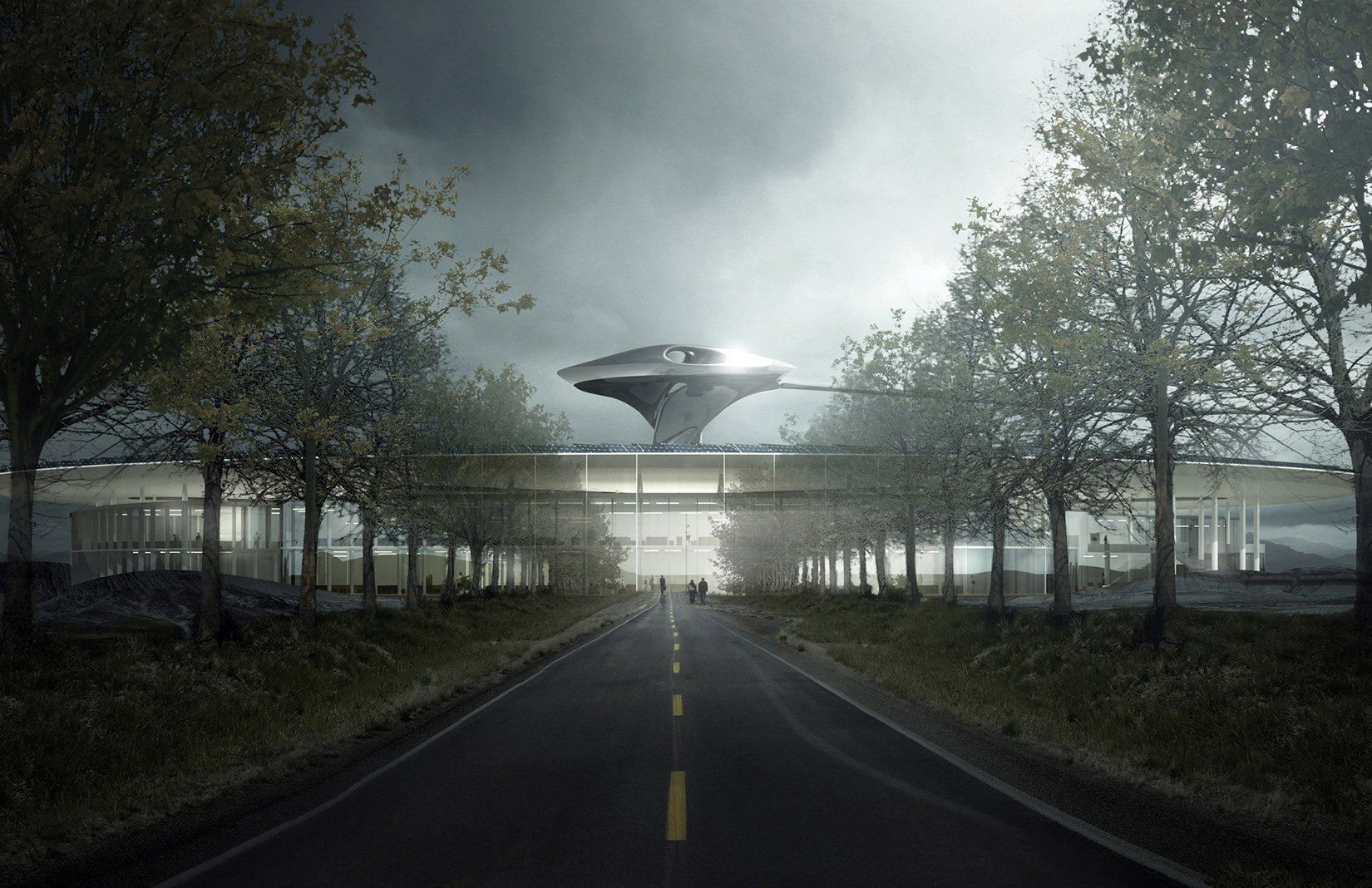It happens every few years: a seismic shift in the way we live our lives fuels a change in human behaviour so significant, it blows the concept of the office as we know it out of the water. Modern technology is no exception. Fast becoming the catalyst behind one of the biggest shake-ups the office has ever seen – from design to location and from sustainability to well-being – it is the shift of our generation. And hard though it may be to believe that robotic security guards and app-controlled meeting rooms are just the beginning, there is still a long way to go.
So what might the workplace of the future look like? We asked six office-space experts from around the world to hazard a guess as to where, and how, we will we all be working in ten years from now.
The architect
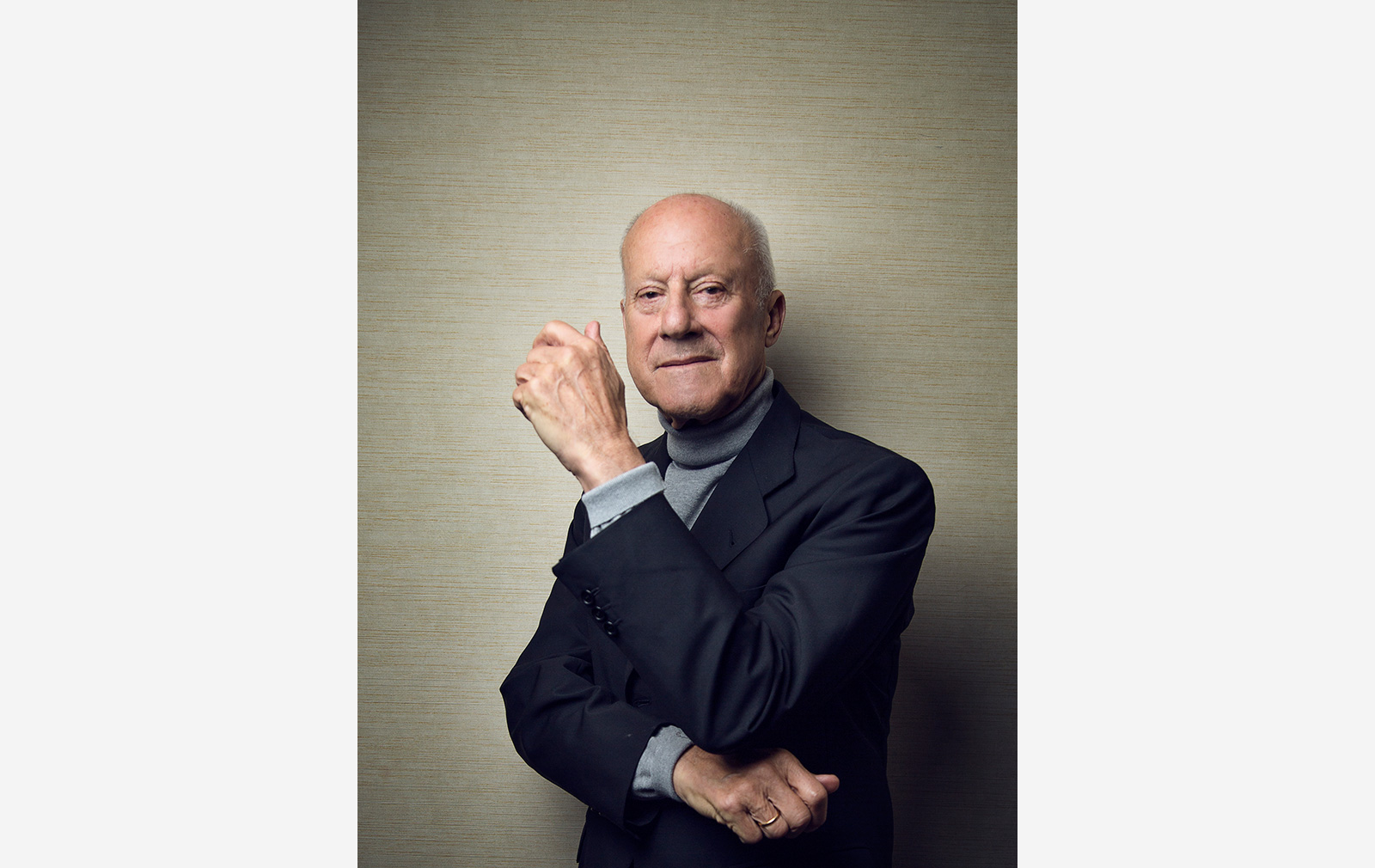
Lord Norman Foster is one of the best known architects in the world. Now 82, he is the designer behind some of the world’s most iconic buildings including City Hall and Bloomberg HQ in London, the Reichstag Dome and the $5bn new Apple Campus 2 in California.
What will the office look like in 10 years’ time?
Norman Foster: Greener – in every sense. Young people will choose office buildings based on facilities and lifestyle but also on their sustainability credentials. Future generations will be much more demanding and much more questioning in terms of what a potential employer will be doing to tackle climate change. So I think we will see a shift where creating a good quality working environment which is more responsible in terms of sustainability becomes good for business as well as for the environment.

What will we see more of – and what will we see less of?
NF: More nature and more sustainable features. And perhaps less real estate developer involvement. The overarching trend is very much the entrepreneurs pushing new ideas for design forward. Apple Park was initiated by Steve Jobs then carried on by [chief design officer] Jony Ive and his team with the support of [chief executive] Tim Cook. As a rule, developers now tend to just follow the market whereas the entrepreneurs lead it.
What do you think will be the single biggest driver of change in the way we work over the next 10 years?
NF: I think the social agenda will be the big driving force. And technology. But also trying to overcome our natural, human fear of change.
How will this affect the built environment of our cities?
NF: Take 3D-printed buildings as an example. I think, if properly harnessed this would offer a lot of opportunities. The downside would be mindless repetition or intrinsically bad design practice. But I would ultimately take a more optimistic view and say it offers greater customisation potential and greater room for creativity. Of course it raises some very big social issues. If you are able, through robots and AI, to do things very quickly and efficiently that are otherwise very labour intensive, then that’s liberating in one sense. But there are issues over the future of the workforce – but historically these sorts of changes have resulted in higher levels of education and a more productive redeployment of labour.
The workspace innovator

Tanya Wood is director of Soho Works, the workplace offshoot of hospitality group and members’ club Soho House. She oversees the group’s coworking spaces in London’s Shoreditch as well as potential future expansion plans.
What will the office look like in 10 years’ time?
Tanya Wood: By then we expect the work place to have become even more comfortable – a place where you choose to spend more time without the pressures and formality of the traditional office. With a call for more flexible working hours already, people are spending less physical time at their formal office. They want spaces that actually cater for, and enhance, their working lives. That could be access to everything from gyms or social space, bedrooms or a provision of studios and specialist equipment or facilities to support content creators.

What do you think will be the single biggest driver of change in the way we work over the next 10 years?
TW: Evolving socioeconomics. By this I mean that more international travel, better gender equality (and sharing of childcare) and new technologies will result in a society that wants and needs more choice, autonomy and independence in their working life.
How will this impact the built environment of our cities?
TW: Traditional office space is under pressure so office landlords will need to adapt to stay relevant.
How will it affect the way we use our homes?
TW: In the future we expect that the workplace will complement home life more and more. When an office caters for more aspects of your life, home can become a true sanctuary.

How do you think the concept of the office as a business ‘club’ will develop over the years?
TW: People love to belong and feel part of something. The idea of professional networking is not new and by bringing this under one roof you create a very fertile ground for collaboration, which empowers workers. With coworking operators expanding globally, suddenly the membership becomes about much more than just a building or a physical space to go and work in, it’s also an international supportive community.
The connectivity guru
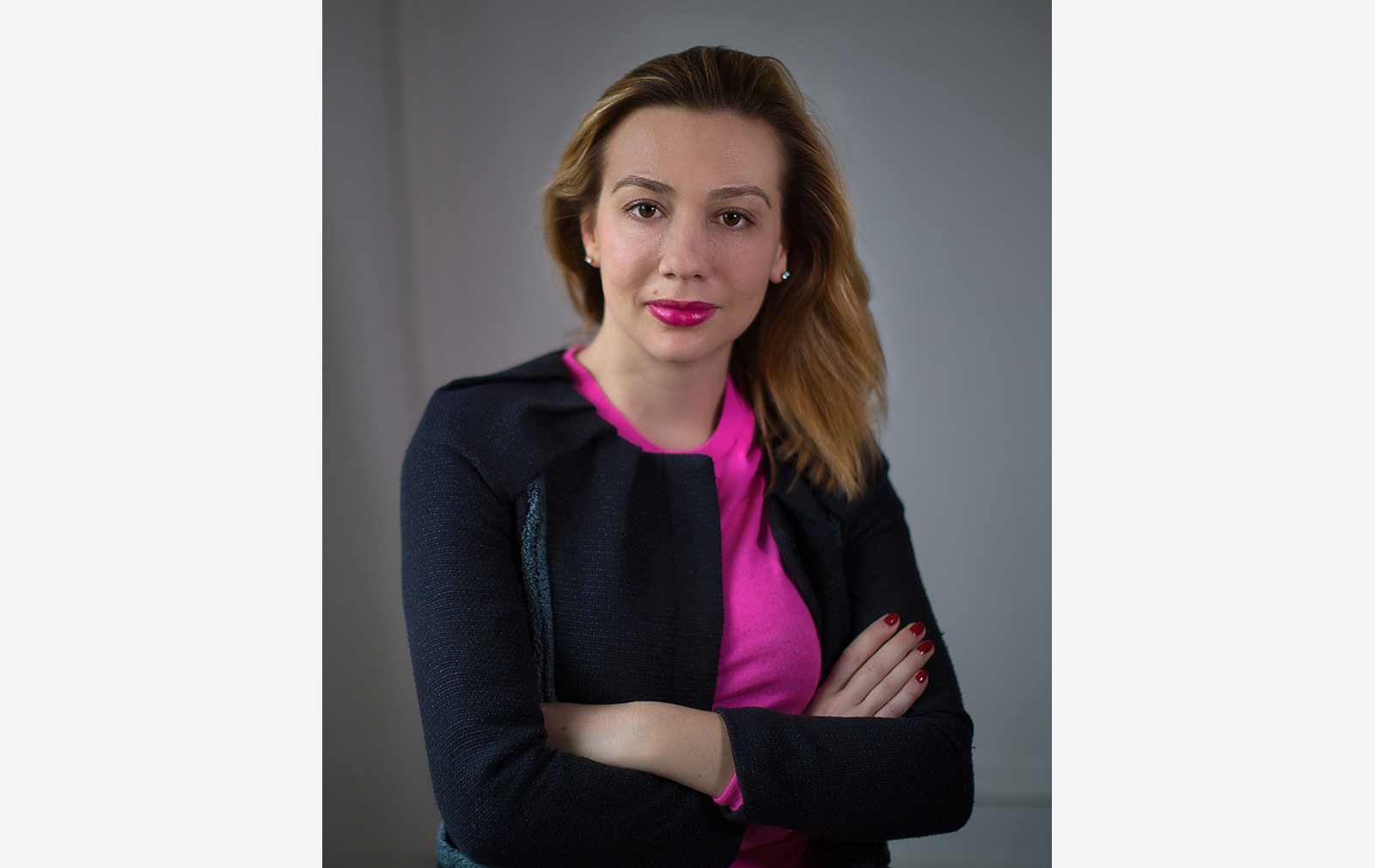
Tamara Brisk is managing director of Wiredscore France. Launched in New York in 2013 by Michael Bloomberg, the connectivity ratings system scores commercial buildings on everything from internet speed to mobile connections. It now has offices in the UK, France, Germany and Ireland and has certified more than 750 buildings across the globe
What will the office look like in 10 years’ time?
Tamara Brisk: Offices in a decade will be designed to best foster our cognitive processes and working preferences. We already know that people are more creative at certain times of day and that environmental stimuli can amplify collaboration but we are at the very beginning of our understanding. In a decade, knowledge workers will be more productive because they will be better able to tap their mental capacities. For example, individuals will know that our finest strategic brainstorming prowess happens in the middle of the day and even have mental warm-up exercises to foster their performance.
Our work spaces in the future will provide different environments for different phases of work – like protective insulated cocoons for periods of deep concentration. These will be in addition to today’s stimuli-filled social co-working spaces that promote collaboration.

What will we see more of – and what will we see less of?
TB: We will see more flexibility of space usage. For example, building cafeterias that were only used during breakfast and lunch hours in the past will serve as collaborative work spaces and meeting rooms. Open space offices will be divisible at the click of a button.
We will see fewer long-term leases. While businesses will still require and benefit from co-locating their employees, they will want more flexibility to add and subtract space as their needs evolve.
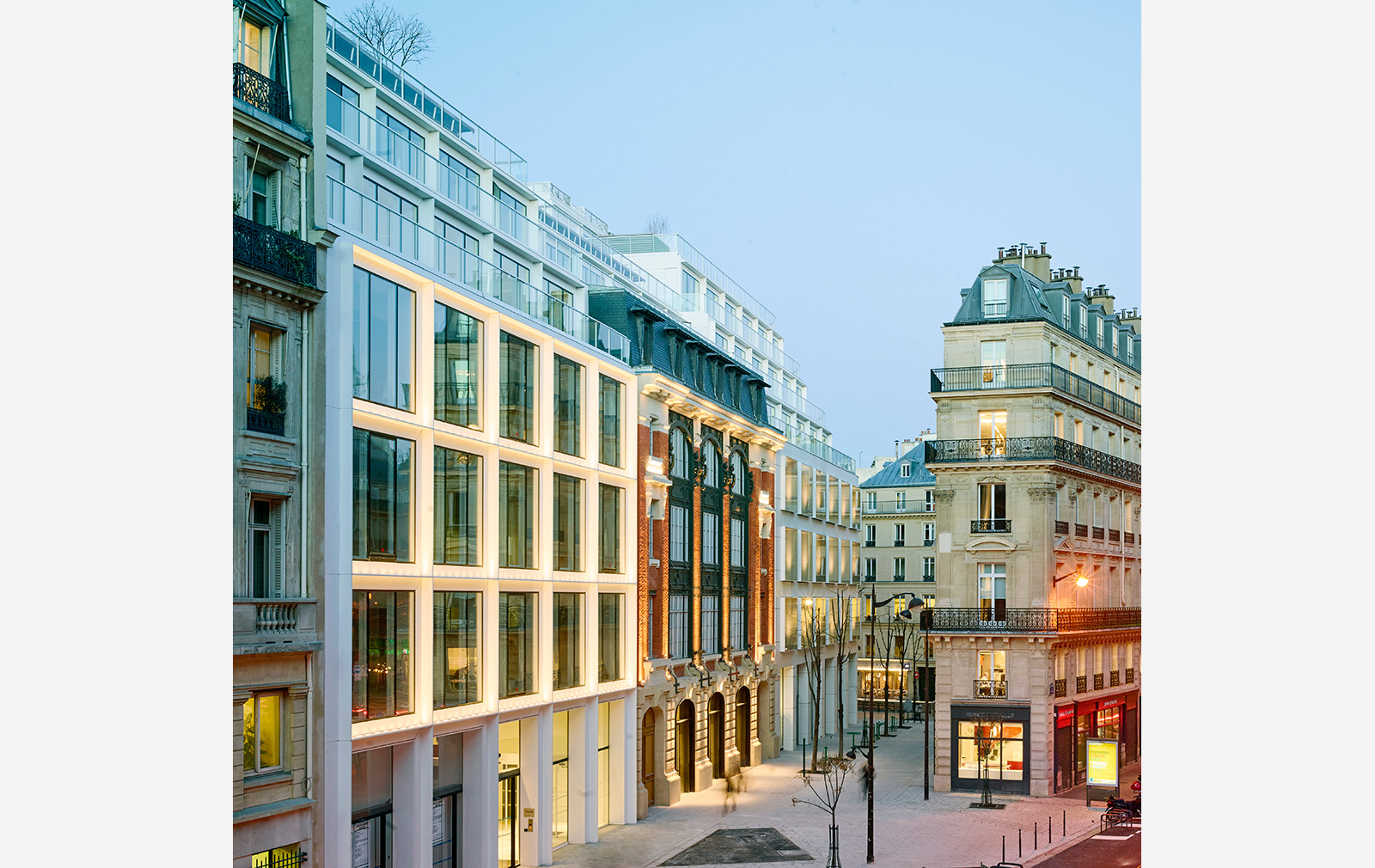
What do you think will be the single biggest driver of change in the way we work over the next 10 years?
TB: Research about how to best unlock our mental capacity and manage the speed and ubiquity of information will make us more productive with no supplementary effort.
How far do you think connectivity will move on in offices over the next decade?
TB: It will become as important as location and price in the choice of an office. Excellent, reliable connectivity will become standard.
The accidental co-working entrepreneur
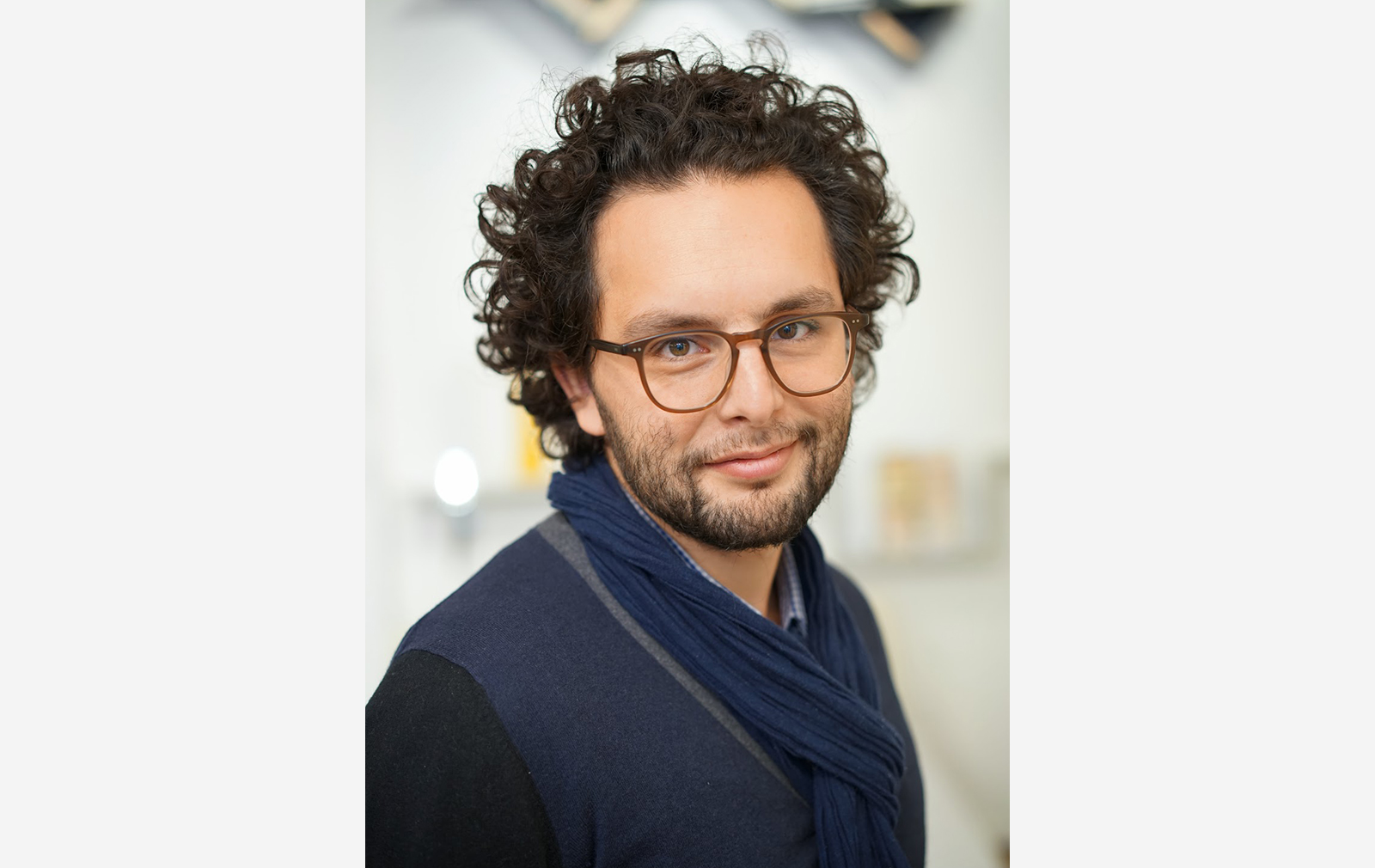
Mikael Benfredj is founder of Patchwork, a furniture store turned coworking space in the heart of Paris. When people started to use the display furniture as make-shift workspaces, Mikael embraced the demand for a change of use and now has plans to expand.
What will the office look like in 10 years’ time?
Mikael Benfredj: I don’t think companies will be separated the way they are today. There might not be one dedicated building for a single company. Or even dedicated floors. I hope large companies will want to expand their values and culture more profoundly around their partners and clients. Design will be sunnier – meaning it should have more space available outside – and smarter, meaning more automation.

What will we see more of – and what will we see less of?
MB: We will see more integrated services such as childcare facilities, laundries, hairdressers, banks and post offices, plus more regulation – things like lighting, chair comfort and screen hours will all be monitored. And I think offices will be more disability-friendly too. And there will be less personalisation of your specific spot or desk.
How will the changing office affect the way we use our homes?
MB: Work will be more invasive. Even more than it is today, thanks to frictionless technology and the ability to work anywhere. I think ‘workspace’ will become a ‘meetingspace’.
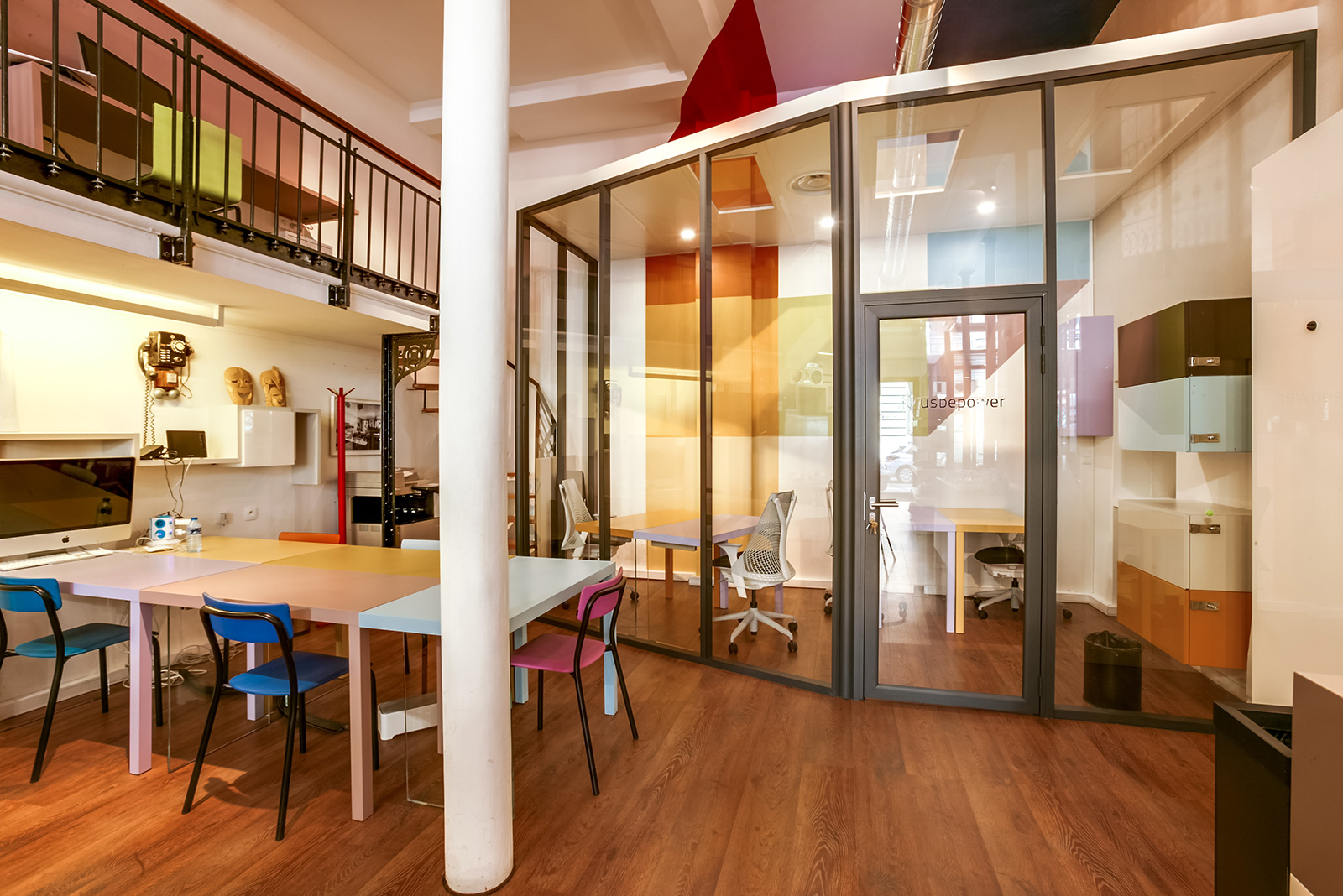
How has your experience of watching a furniture store evolve into a coworking space shaped your view on the way people want to work?
MB: Considering we didn’t do it on purpose, it was very inspiring to watch the transformation of the usage of the space in a short period of time. I remember the days when one or two people would come into the store to work. It was very calm. Today it’s like a factory. There are 40 to 50 people every day, coming in and out all day long to have meetings and work.
The office design consultant

Despina Katsikakis advised Google when it was first developing its office concept – possibly now one of the most copied on the planet. She is now advising on 22 Bishopsgate in London, set to become the UK’s first WELL Certified building and acts as a consultant on the future of workplace design for Accenture, BBC, Deutsche Bank, Lend Lease, Nokia, and GlaxoSmithKline, Microsoft, and Morgan Stanley.
What will the office look like in 10 years’ time?
Despina Katsikakis: We will see a much more diversified portfolio or flexible and on-demand work spaces. Both the nature of corporate portfolios and our own personal workspaces will become a series of locations to work, based on convenience, function and comfort. This will mean they are much simpler and used much more intensively and intermittently.
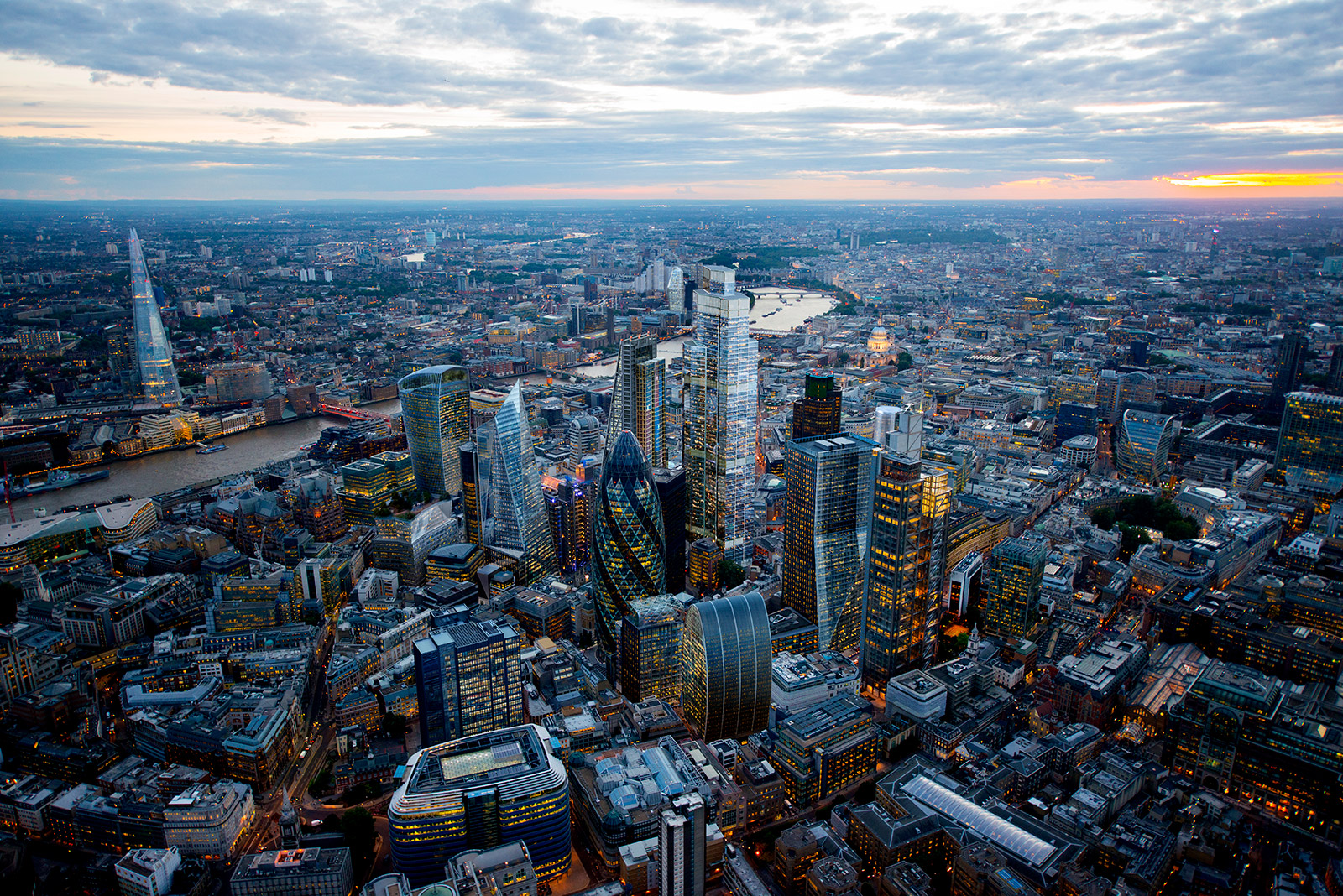
What will we see more of – and what will we see less of?
DK: More choice of environments, amenities and services with a focus on people’s performance. And I think we will see less offices with one-size-fits-all rows of desks with a focus on cost reduction and hard metrics.
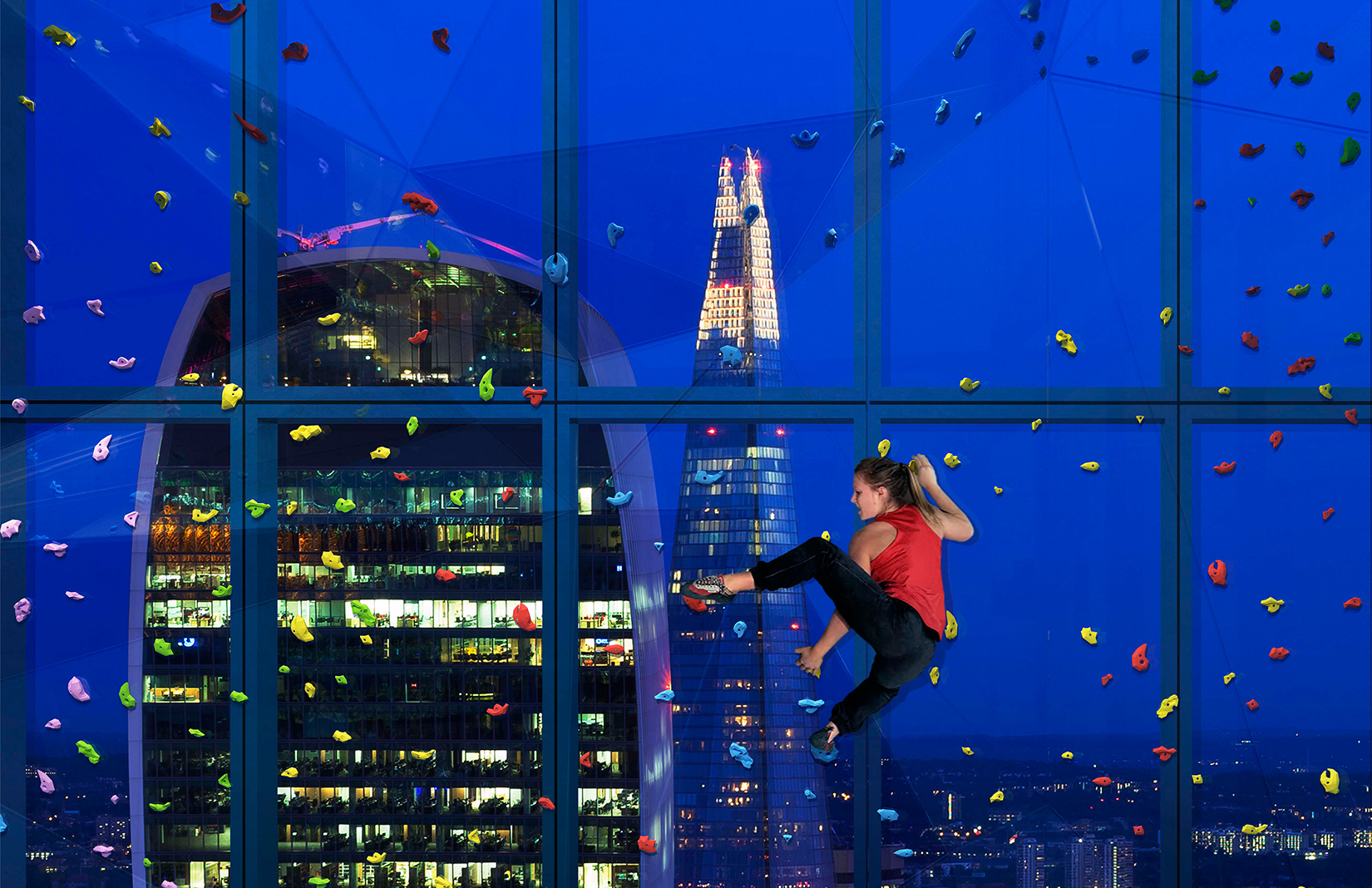
How will this impact the built environment of our cities?
DK: Existing building stock will be reinvented as a blurring of functions becomes the norm as a result of technology that allows us to work, live, learn and play anywhere and anytime.
The Bay Area agent

Dan Harvey is vice chairman of the Bay Area Occupier Services group for the world’s biggest commercial property agent, CBRE. He works closely with the biggest office occupiers in San Francisco and Silicon Valley and has up-to-date insight into current and future trends when it comes to office requirements of some of the most innovative companies in the world.
What will the office look like in 10 years’ time?
Dan Harvey: We’re already starting to see a pushback on some of the tech and the elimination of privacy. So a departure from open-plan as a blanket design default and a move back to some private offices. Collaboration is great but there is an emerging feeling that without a choice, people are sometimes finding it challenging to get stuff done. So through that push for a productive workforce, future offices may become more private again.
What will we see more of – and what will we see less of?
DH: Going straight to the unusual stuff, we could see more sensory deprivation tanks and things that help staff reach this ‘state of flow’ that everyone is talking about here in the Bay Area. It sounds quite crazy but access to this sort of experience, the removal of neuro stimulation to allow employees to work at their creative best, is popular. And while we won’t see less technology we might well see more controlled tech.

What do you think will be the single biggest driver of change in the way we work over the next 10 years?
DH: The growth of the ‘office experience’ – the hospitality side.
Read next: Station F – the world’s largest startup campus – opens in Paris




